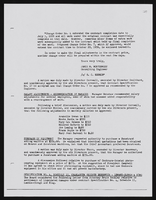Search the Special Collections and Archives Portal
Search Results
Toni and Wilbur Clark Photographs
Identifier
Abstract
The Toni and Wilbur Clark Photographs depict Las Vegas, Nevada casino owner and land developer Wilbur Clark and his wife Toni from 1910 to 1975. The photographs primarily document Wilbur and Toni Clark at the Desert Inn, the hotel and casino Wilbur co-owned. The photographs also depict him with politicians and entertainers, and Wilbur and Toni Clark’s house in Las Vegas.
Archival Collection
W. I. Booth and A. Allen Photograph Album of Goldfield, Nevada
Identifier
Abstract
The W. I. Booth and A. Allen Photograph Album of Goldfield, Nevada (approx. 1900-1910) contains forty-five black-and-white photographs taken by photographers W. I. Booth and A. Allen. The images depict the Goldfield, Nevada townsite; mines, miners, camps, and equipment; horses pulling freight and carriages across the desert; and topographical features of Goldfield and outlying areas. The photographs document the mining boom in the Goldfield area during the early 20th century.
Archival Collection
Arthur G. Grant Photograph Collection
Identifier
Abstract
Arthur G. Grant Photograph Collection (approximately 1950-1965) consists of 120mm and 35mm color photographic slides taken in the mid-1950s in and around Las Vegas, Nevada. Images depict Arthur G. Grant's home life, the Fortune Club business on Fremont Street, general downtown, Helldorado Parade, and a Mount Charleston picnic. The collection also contains images of Lake Mead boat races including an appearance by Donald Campbell and his water speed world record-setting jet powered boat, Bluebird.
Archival Collection
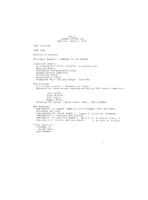
Meeting minutes for Consolidated Student Senate, University of Nevada, Las Vegas, March 5, 1974
Date
Archival Collection
Description
Text
Hoggard, Mabel, 1905-1989
Mabel Hoggard was the first licensed African-American educator in Nevada. Hoggard taught primarily first and second grade at various elementary schools throughout Clark County, Nevada from 1946 until her retirement in 1970. The schools she taught at included Westside Elementary, Matt Kelly Elementary, Highland Elementary, and C.V.T. Gilbert Elementary, all located in Las Vegas, Nevada.
Person

Grand Hôtel du Louvre, menu, December 16, 1875
Date
Archival Collection
Description
Text
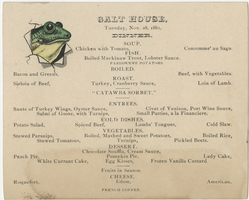
Galt House, menu, Tuesday, November 28, 1882
Date
Archival Collection
Description
Text
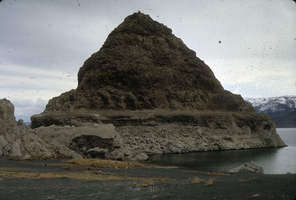
Slide of a tufa deposit in Pyramid Lake, Nevada, circa 1970s
Date
Archival Collection
Description
Image
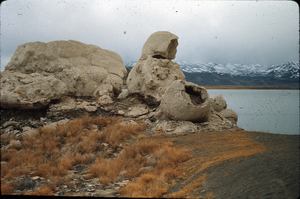
Slide of the rock formation known as The Squaw and Her Basket, Pyramid Lake, Nevada, circa 1970s
Date
Archival Collection
Description
Image

